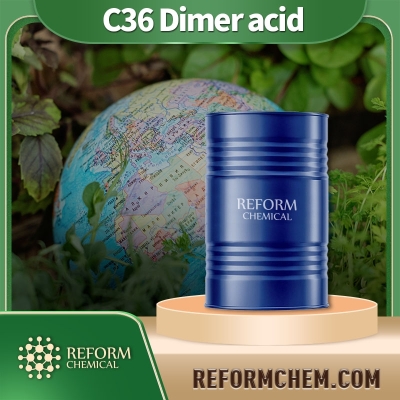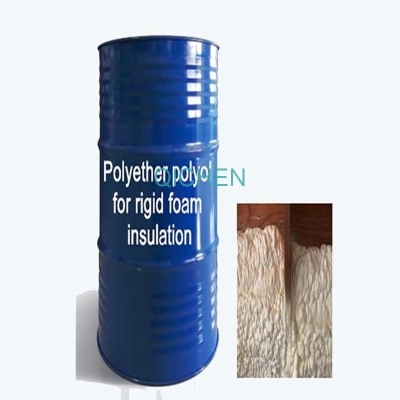-
Categories
-
Pharmaceutical Intermediates
-
Active Pharmaceutical Ingredients
-
Food Additives
- Industrial Coatings
- Agrochemicals
- Dyes and Pigments
- Surfactant
- Flavors and Fragrances
- Chemical Reagents
- Catalyst and Auxiliary
- Natural Products
- Inorganic Chemistry
-
Organic Chemistry
-
Biochemical Engineering
- Analytical Chemistry
-
Cosmetic Ingredient
- Water Treatment Chemical
-
Pharmaceutical Intermediates
Promotion
ECHEMI Mall
Wholesale
Weekly Price
Exhibition
News
-
Trade Service
Cinnamaldehyde is also called cinnamic aldehyde and β-phenyl acrolein.
Its molecular formula is C 9 H 8 O, its molecular weight is 132.
15, and its structural formula is
1.
Product performance
Light yellow oily liquid; flammable and non-toxic; freezing point -7.
5°C, boiling point 252°C (partially decomposed), 127°C (16×133.
3Pa), relative density (d 4 20 ) 1.
0497, refractive index 1.
6195, flash point 71℃; soluble in alcohol, ether, chloroform , slightly soluble in water; has a special aromatic odor of cinnamon, which can volatilize with water vapor; easily oxidized to cinnamic acid in the air
.
Cinnamaldehyde is the main component of our domestic cinnamon oil and Ceylon cinnamon oil.
2.
Production principle
Under alkaline conditions, benzaldehyde and acetaldehyde undergo an aldol condensation reaction, and the mixture is distilled under reduced pressure to obtain cinnamaldehyde
.
3.
Process flow
4.
Technical formula (kg/t)
5.
Main equipment
Condensation reaction tank, storage tank, vacuum distillation kettle
.
6.
Production process
Add 266kg of benzaldehyde and 800kg of water into the condensation reaction tank, and add 20kg of 40%-50% sodium hydroxide and 135kg of acetaldehyde at 20°C
.
Then 100kg of benzene was added, and the reaction was stirred for 5h
7.
Laboratory preparation method
600mL of 1% NaOH aqueous solution, 100mL of ethanol, 25g of benzaldehyde and 25g of acetaldehyde were added to the reaction flask, and the reaction was stirred at room temperature for 4 to 5 hours.
Then 500g of common salt was added to the reaction mass and extracted 3 times with 240mL of ether
.
The extract was dried with anhydrous sodium sulfate, and the ether was evaporated.
Related links: Product performance and production principle of p-chlorobenzaldehyde







